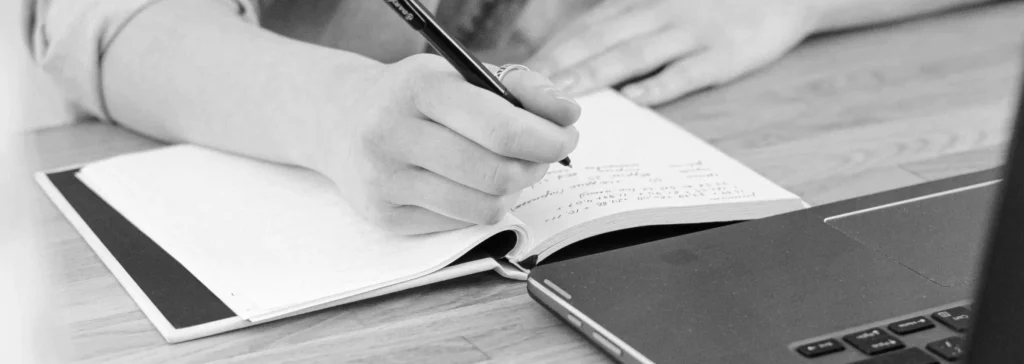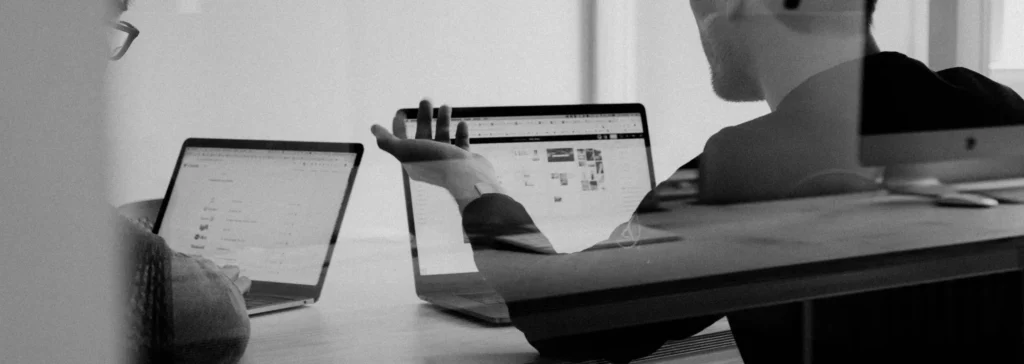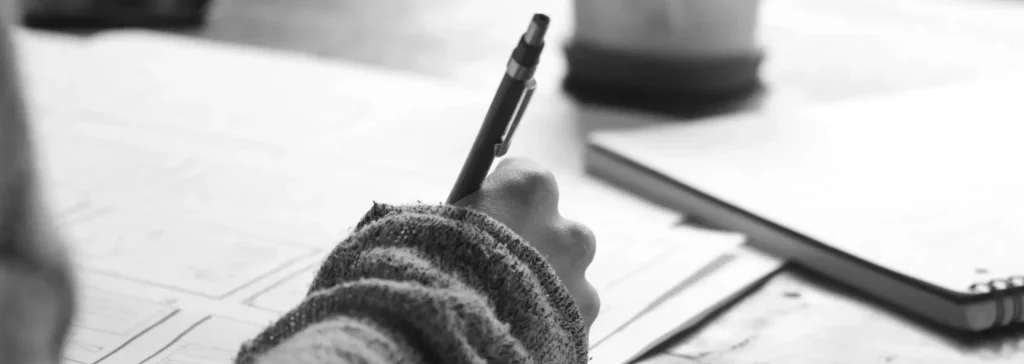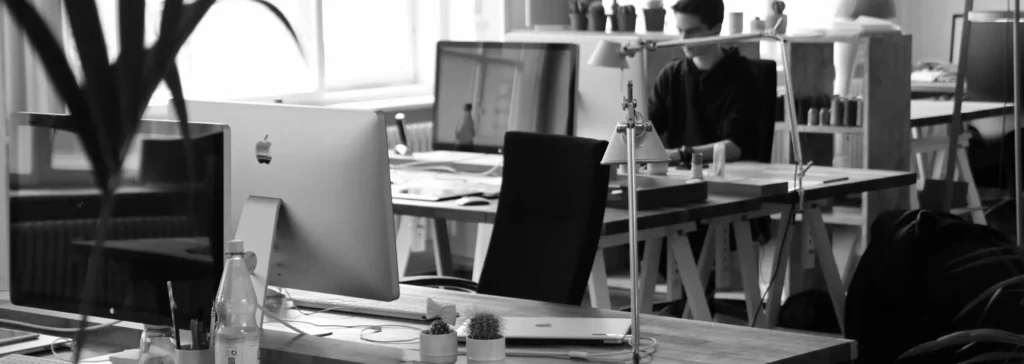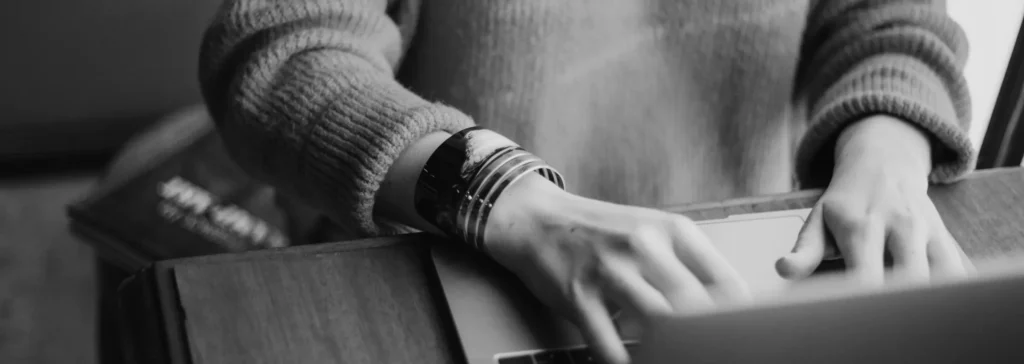Brisbane roads are tough, and 2023 statistics show it: 279 fatalities as a result of crashes, which is 21 fatalities (or 7.1%) fewer than the previous year and 13 fatalities (or 4.9%) greater than the previous five year average. No matter the cause — speeding, drunk driving, or just bad luck — every car accident is unique, and so are the injuries.
Before diving into the most common car accident injuries, remember that immediate medical attention is crucial. Hidden injuries like whiplash or internal bleeding might not show symptoms right away. Understanding these injuries can help you recognise when to seek a doctor’s evaluation, even if you initially feel fine.
Types of Car Accident Injuries and How to Recover
1. Whiplash Injuries
Whiplash is one of the most common car accident injuries, occurring in about 75% of survivable car accidents.
How Does Whiplash Occur?
Whiplash typically results from a sudden, forceful movement of the head and neck, often during a rapid acceleration or deceleration accident events.
Symptoms
Neck pain, stiffness, headaches, and dizziness
Seek Medical Attention
Early medical intervention is key. A doctor can diagnose whiplash quickly, reducing the risk of long-term complications.
2. Concussions and Traumatic Brain Injuries (TBIs)
Concussions and TBIs are serious injuries with lasting effects.
How Do Concussions and TBIs Occur?
These injuries result from a sudden impact causing the brain to move rapidly within the skull, which is common in car accidents. Severe impacts may cause the brain to swell, which can result in widespread brain damage if the swell pressure is unable to be released or reduced within time. Finally, a penetrative brain injury can cause a range of permanent functional deficits, depending on the area or brain affected.
Symptoms
A wide variety of symptoms from headaches, confusion, dizziness, nausea, and loss of consciousness through to loss of function (sight, speech, mobility etc).
Seek Medical Attention
Don’t gamble with your brain health. Immediate medical attention improves outcomes and speeds up recovery.
3. Bone Fractures
Bone fractures are common in car accidents due to the force of the collision.
How Do Bone Fractures Occur?
When the force of the impact exceeds the strength and resilience of a bone. This may involve a direct blow causing a single or comminuted (fragmented) fracture or an avulsion fracture where a portion of bone is pulled away from the main bone. The fracture might also be classified as an “open” fracture (where bone fragments penetrate and are visible through the skin) or “closed” (where the fractured bones do not penetrate the skin to become visible).Bone fractures are common in car accidents due to the force of the collision.
Symptoms
Intense pain, swelling, bruising, immobility (or hypermobility), visible deformity or loss of symmetry, visible wound (where an open fracture).
Seek Medical Attention
Early diagnosis and treatment are essential. A doctor can set the break, whether with a cast or surgery, and get you started on rehab.
4. Soft Tissue Injuries and Sprains
Soft tissue injuries, like sprains and strains, are incredibly common and can cause serious short- or long-term pain and resulting impairment.
How Do Soft Tissue Injuries Occur?
Soft tissue injuries can result from a direct blow (such as bruising and muscular damage) or due to forced extension or hyperextension of the soft tissues due to rapid acceleration or deceleration.
Symptoms
Pain, swelling, bruising, and restricted movement
Seek Medical Attention
Early medical evaluation is crucial to prevent chronic pain and long-term issues. A doctor can create a personalised treatment plan, which may involve the RICE protocol (Rest, Ice, Compression, Elevation) and physical therapy to prevent chronic pain and long-term issues.
5. Spinal Cord Injuries and Paralysis
Spinal cord injuries are the nightmare scenario of car accidents. The force of a collision can damage your vertebrae, ligaments, or the spinal cord itself, with devastating consequences.
How Do Spinal Cord Injuries Occur?
The violence of a motor vehicle accident can fracture spinal vertebrae, compromising the spinal cord and canal, or a severe acceleration or deceleration can lead to hyperextension or compression of the neck or spine, causing damage to the spinal cord.
Symptoms
Paralysis, numbness, loss of control over bodily functions
Seek Medical Attention
Extensive rehabilitation is often necessary. Some may regain significant function, while others may face permanent disabilities.
6. Internal Injuries
Internal injuries, like organ damage and bleeding, are hidden dangers that require urgent medical attention.
How Do Internal Injuries Occur?
Blunt force trauma from a collision can bruise or tear internal organs, leading to internal bleeding.
Symptoms
Abdominal pain, dizziness, fainting, and shock
Seek Medical Attention
If you’ve been in a car accident and suspect internal injuries, get to the hospital immediately. The sooner you get help, the better your chances of a full recovery and avoiding life-threatening complications.
7. Cuts and Lacerations
Broken glass, flying metal, and sharp objects inside the car can all turn into painful injuries.
How Do Cuts and Lacerations Occur?
Shards of glass, twisted metal, or even your seatbelt in a bad crash can all leave cuts, ranging from minor scrapes to deep gashes.
First Aid
Clean and dress minor cuts immediately to prevent infection.
Seek Medical Attention
Deep cuts pose a higher risk of infection and scarring. Seeking professional treatment right away gives you the best chance of a clean recovery and minimal lasting marks.
8. Burns
Burns are a serious risk, not just from fires, but also from hot engine parts, spilled chemicals, or even heated surfaces inside the car. Explosions can also inflict devastating burns.
How Do Burns Occur?
Vehicle fires, scalding fluids, and hot car parts can all inflict burns ranging from mild to life-threatening.
Seek Medical Attention
Burns require specialised treatment to manage pain, clean wounds, and potentially use skin grafts. Severe burns can lead to long-term issues and require extensive care. In some cases, burn victims need treatment in special burn units.
9. Chest Injuries
Chest injuries are a common consequence of car accidents, especially for those in the front seats. The impact on the steering wheel, dashboard, or even your seatbelt can cause serious damage.
How Do Chest Injuries Occur?
The force of the crash can crack ribs, collapse your lungs, or even injure vital organs like your heart and lungs.
Symptoms
Severe chest pain, difficulty breathing, and bruising
Seek Medical Attention
Depending on the severity, treatment could involve pain management, rest, or even surgery to ensure your vital organs heal properly. Your chest houses some of your most important organs. Early intervention can make a big difference in your recovery.
10. Psychological Trauma (Post-Traumatic Stress Disorder)
Car accidents leave their mark, but some wounds run deeper than others. Psychological trauma, though unseen, can be just as debilitating as physical injuries. Up to 29% of Australians who survive a car crash develop Post-Traumatic Stress Disorder (PTSD), anxiety, or depression.
How Does Psychological Trauma Occur?
The sudden violence of a car accident can trigger intense fear and helplessness. These overwhelming emotions can snowball into lasting mental health issues.
Symptoms
Flashbacks, nightmares, crippling anxiety, and intrusive thoughts
Seek Medical Attention
Therapy and counselling can equip you with the tools to heal. Seeking help from a mental health professional is crucial to prevent long-term psychological damage.
Frequently Asked Questions
What should I do immediately after a car accident?
Ensure your safety, call emergency services, and seek medical attention. Document the scene and exchange information with the other party involved.
How soon should I see a doctor after a car accident?
See a doctor as soon as possible, even if you feel fine. Some injuries may not show symptoms immediately.
Can I claim compensation if the accident was partially my fault?
Yes, you may still be eligible for compensation. Consult with a lawyer to understand how partial fault affects your motor vehicle accident claim.
How long do I have to file a car accident injury claim?
In Queensland, the time limit to protect your rights by commencing legal proceedings in a Queensland court is three years from the date of accident/ injury or three years from your 18th birthday, whichever is the later date. However, the Motor Accident Insurance Act 1994 (Qld) imposes additional pre-litigation requirements and timelines – such that you should lodge a Notice of Accident Claim in the prescribed form within one month of consulting a lawyer or within nine months of the accident (whichever comes first) unless you can provide a reasonable excuse for your delay.
What types of compensation can I receive for my injuries?
You can receive compensation for medical expenses, lost wages, pain and suffering, and other related costs. Please see our motor vehicle accident news page for further details.
How much compensation do I get for car accident injuries?
Your entitlement to compensation from a motor vehicle accident will depend on a wide range of factors including the extent to which you were at fault for the accident, the severity of your injuries and the effect those injuries have had on your current and future employment/ employability, and the extent and cost of the medical treatment and rehabilitation for your injuries.
Rin Kim Law offers an obligation-free consultation to consider your individual circumstances and provide you with guidance as to the potential value of your compensation claim and the recommended process for pursuing your compensation entitlements.





